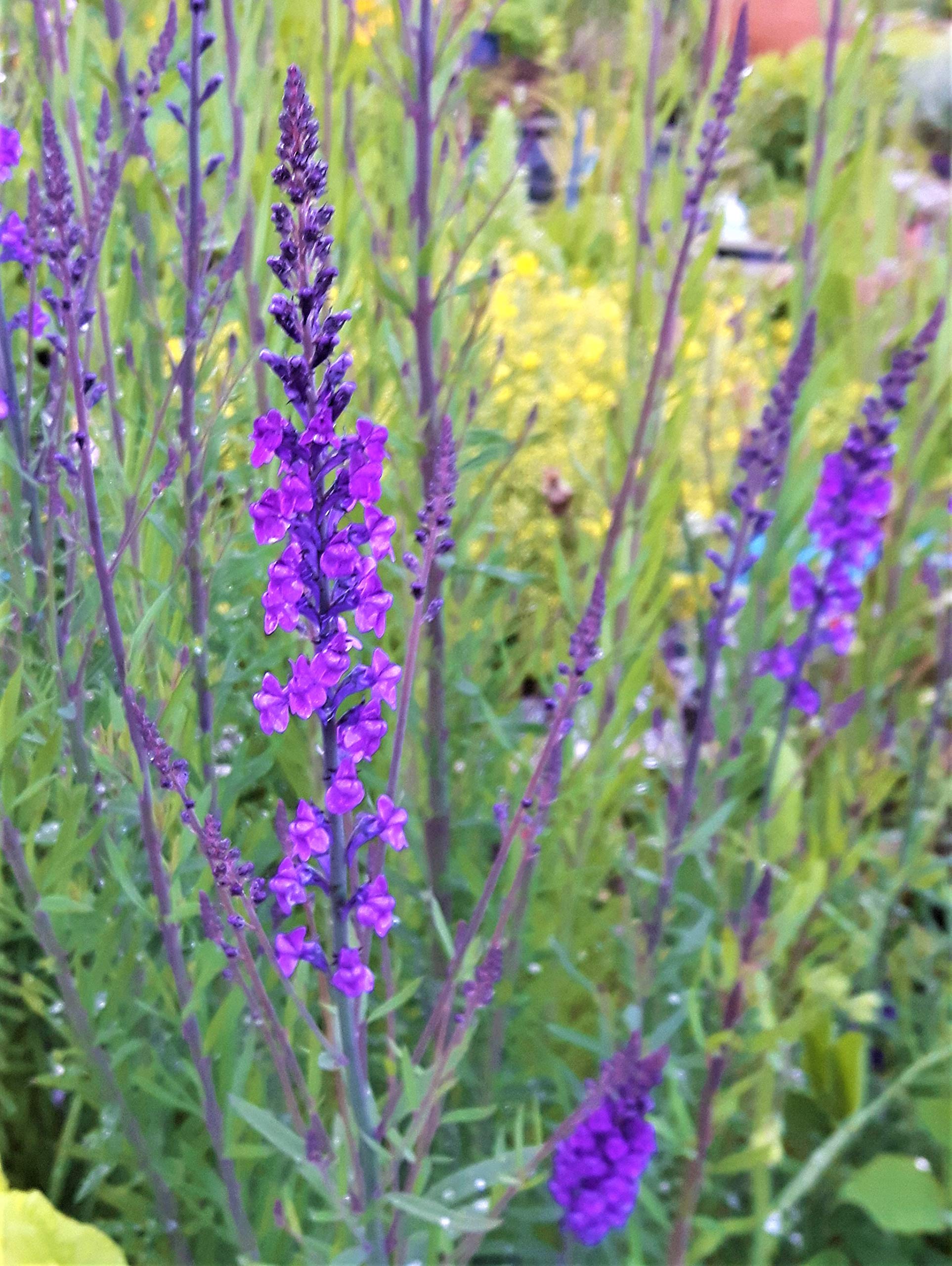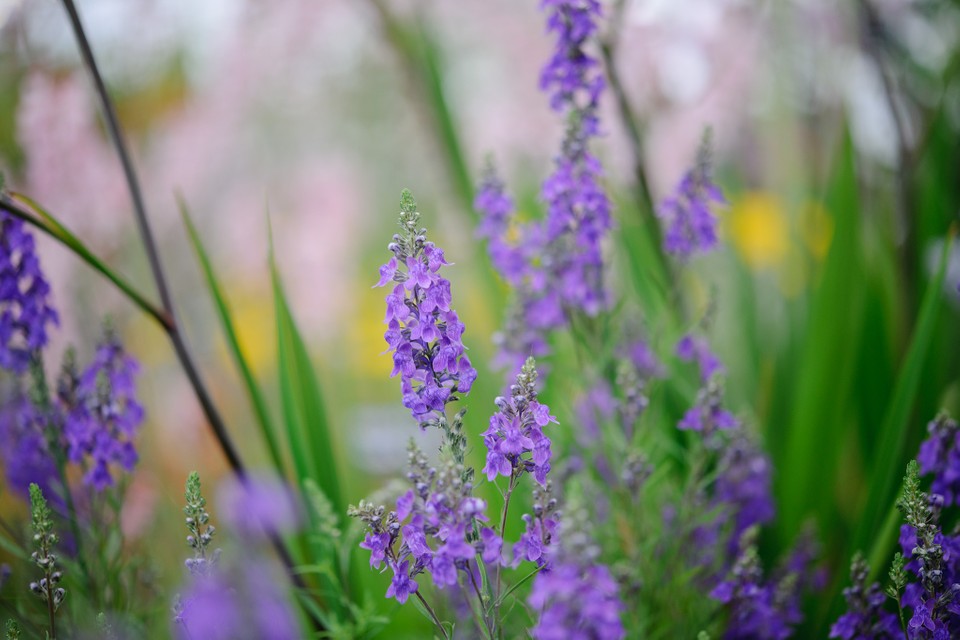Purple toadflax is a plant in the genus Linaria, which includes about 200 species of herbaceous plants, and is part of the plantain family (Plantaginaceae). Flowering from July to October, this extremely hardy plant is popular among many gardeners around the UK.
However, for some, due to its bushy, clump-forming and hardy nature, it can be intrusive and considered a weed. Purple toadflax produces dainty pale purple flowers during summer, attracting butterflies and bees. In fact, Purple toadflax is one of the best nectar sources for pollinating insects and is extremely attractive to bees and butterflies.
How To Identify Purple Toadflax
Linaria purpurea is a purple-flowered plant native to Italy that grows up to 1 metre high, with a lanceolate, greenish-yellow stem. The leaves are arranged in opposite pairs, each pair on opposite sides of the stem. The flowers are light to medium-purple and very fragrant, often described as having a faint, sweet smell.
The purple toadflax has narrow, linear grey-green leaves and lavender flowers shaped like a snapdragon and clustered together at the point where they grow off the plant’s stalk.

Purple Toadflax Distribution
The purple toadflax is native to Italy and is an introduced weed into parts of Europe and Western North America. It can be found in Canada, China, Great Britain, Ireland, Italy, Kazakhstan, Latvia, Poland, and Malta.
In the UK, the purple toadflax is found throughout much of the British Isles, including Scotland and Northern Ireland.
It occurs naturally in moderately nutrient-rich places such as grassland, heathland and forested hill slopes.

Purple Toadflax Toxicity
Purple toadflax is a poisonous plant and contains pyrrolizidine alkaloids. These are toxic to humans and livestock and shouldn’t be ingested as it can lead to liver damage.
All parts of the plant (not just aerial parts) contain the toxic alkaloids and must be treated with caution.
Propagation
These long-lasting flowers can be a nice addition to any garden if looked after. They don’t require much pruning, but care should be taken so that it doesn’t become too invasive, as this can happen quite easily.
- The best way to propagate purple toadflaxes is by seed. Purple toadflax can also be propagated through cuttings.
- The hardy Purple Toadflax is perfect for beginners or gardeners who want a beautiful, low-maintenance plant lasting up to 5 years.
- Most seed catalogues offer purple toadflax seed as nursery stock and recommend it for use in flower borders, herb gardens, and containers.
- Purple toadflax seeds should be planted in the autumn in order to germinate the following spring.
- Purple Toadflax grows well in all kinds of soils, but light, sandy, acidic soil will produce the best results. It prefers sunny spots with well-drained soil.
Additional Resources
Sources and References
- Linaria Purpurea (Purple Toadflax) – shootgardening.co.uk
- Purple Toadflax (Linaria Purpurea) Care Guide – picturethisai
Sam loves to learn about animals and their habitats. He has been a nature lover from a very young age, and has been writing papers and articles about wildlife for as long as he can remember.
